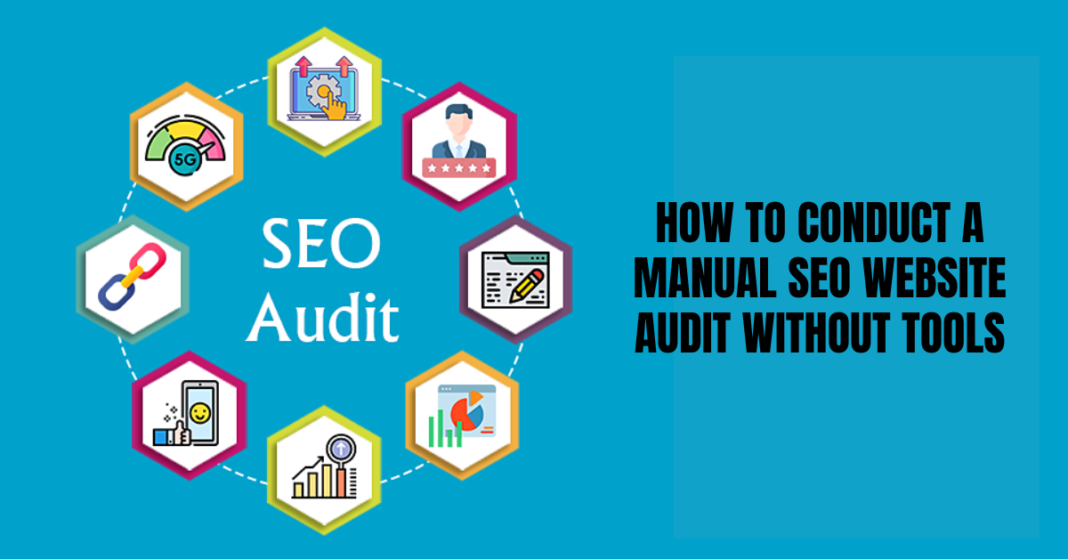Conducting an SEO website audit is essential for improving your site’s search engine rankings and overall performance. While there are numerous tools available that can simplify this process, you can perform a basic audit manually without relying on paid tools. By checking key elements such as content quality, site structure, on-page SEO, and user experience, you can identify areas of improvement and begin optimizing your site. This guide will walk you through the steps of performing a manual SEO website audit without any tools.
Check Site Indexing and Search Appearance
The first step of any SEO website audit Melbourne is ensuring that your site is being properly indexed by search engines like Google. To manually check this, perform a simple search query using “site:yourdomain.com” on Google. This search command will show all the pages indexed by Google under your domain.
Make sure that all your important pages are indexed and appearing in search results. If any crucial pages are missing, it may be due to issues such as crawl errors or improper use of meta robots tags. Ensure that your site’s robots.txt file isn’t blocking important pages from being crawled.
Review Your URLs and Site Structure
A well-organized site structure is vital for SEO and user experience. Manually review your URLs to ensure they are clean, concise, and properly structured. Ideally, URLs should be short and descriptive, incorporating relevant keywords where appropriate. For example, instead of a complex URL like “yourdomain.com/post/123456,” aim for something more descriptive like “yourdomain.com/best-seo-tips.”
Additionally, assess how easy it is to navigate your website. A clear hierarchy of pages and subpages helps both users and search engines better understand your content. For instance, your homepage should link to important subpages like services, about, and contact, with further subpages branching off as needed. This logical flow is key to a successful SEO website audit.
Analyze On-Page SEO Elements
On-page SEO includes various elements that directly influence your rankings. During your manual audit, inspect the following components:
-Title tags: Ensure each page has a unique and descriptive title tag that includes relevant keywords. The title should clearly reflect the content of the page.
-Meta descriptions: While meta descriptions don’t directly impact rankings, they can affect click-through rates. Review each page’s meta description to ensure it’s engaging and relevant.
-Header tags (H1, H2, etc.): These tags help organize your content. Make sure that each page has a single H1 tag and that the other headers (H2, H3) follow a logical hierarchy.
-Keyword placement: Ensure that the target keyword is naturally integrated into the page’s content, title, and subheadings, without overstuffing or making it seem forced.
Assess Content Quality
Content is the backbone of any successful website, and search engines prioritize sites that provide valuable, relevant, and original content. As part of your audit, review the quality of your existing content. Look for the following:
-Duplicate content: Google penalizes websites with duplicate content. Ensure that all your pages offer unique information. If you find duplicates, consider merging or eliminating those pages.
-Keyword relevance: Ensure that your content aligns with the search intent of your target keywords. Avoid keyword stuffing, as this can harm your rankings.
-Content freshness: Regularly update your content to keep it fresh and relevant. Outdated information can lead to higher bounce rates, which negatively affects SEO.
A good SEO company can help you create a content strategy that consistently delivers high-quality content to boost your site’s rankings.
Evaluate Mobile-Friendliness and Page Speed
Mobile-friendliness is a critical ranking factor. During your manual audit, navigate through your website on a mobile device to ensure that it’s responsive and easy to use. Check for issues such as text that’s too small to read or buttons that are difficult to click.
Page speed is also essential for both SEO and user experience. While tools can analyze page speed, you can get a sense of how fast your site loads by testing it on different devices and networks. If your site takes more than a few seconds to load, it’s likely that users will abandon it. Slow pages can be due to large image files, excessive use of plugins, or poorly optimized code.
Check Internal and External Links
Internal links help users and search engines navigate your website, while external links (backlinks) provide credibility. During your audit, ensure that:
-Internal links are properly placed and point to relevant pages within your website. This helps distribute link equity and improves page authority.
-External links are from reputable sources. While you can’t always control backlinks, you can assess whether your site is attracting high-quality links. If your backlink profile needs improvement, consider working with a professional SEO company that specializes in link building services.
Look for Broken Links and 404 Errors
Broken links can harm both your SEO and user experience. Manually check your site for broken internal and external links by navigating through key pages. If you find any broken links or 404 errors, either fix the links or set up proper redirects.
Conducting a manual SEO website audit without tools can provide valuable insights into your site’s performance. By focusing on site indexing, URL structure, on-page SEO, content quality, mobile-friendliness, page speed, and internal/external links, you can improve your site’s search engine rankings and user experience. For a more comprehensive audit or advanced optimizations, partnering with an SEO company can offer deeper insights and help you achieve lasting results.







